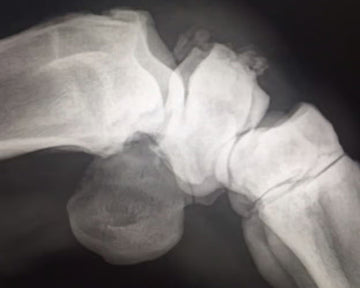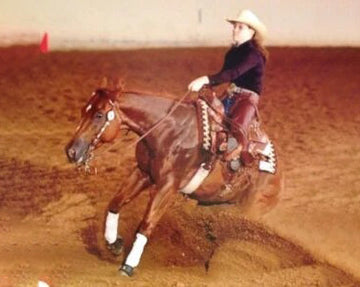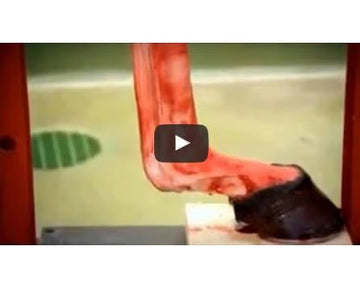One of the most important defense mechanisms in the body is inflammation. In a case where a horse is strained, traumatized or continuously stressed, the inflammatory reaction is triggered to defend the region, indicate repair and initiate the healing process. However, when inflammation does not go away or continues to grow unabated it may switch to unhelpful and trigger degeneration of the joints, chronic pain, and permanent mobility problems. To really know how to help a horse to recover and avoid long-term damage we should first learn the three stages of inflammation and how it is important to break the cycle at a very early stage.
The initial phase is the onset phase. This starts nearly as soon as an injury or repeated stress, when the body pours into the site immune cells and signalling proteins. The common signs at this stage include swelling, heat, and stiffness. This is not a cause of alarm as it is in fact the body trying to do its job isolating the problem and preparing to repair. This step should however be closely handled. Uncontrolled, the immune response may be over-compensative, so in addition to tissue damage, the pain may be heightened.
The second phase is maximum inflammation. At this stage, the area of the wound turns out to be very reactive. The joint or tissue is flooded with pro-inflammatory cytokines, prostaglandins, and enzymes, which break down the damaged material, and they also attempt to restore balance. However the peak phase may linger on for days or even weeks without resolution. This is usually in the form of chronic lameness, joint heat, or inability to execute simple movements in horses. The duration of this phase increases the possibility of cartilage destruction, tendon fibers damage, and mobility difficulties on a permanent level.
The last phase and possibly the most important one is the resolution phase. This is whereby the body is expected to switch off the inflammatory process and move into healing and rebuilding. Unfortunately, not all horses can get to this stage easily, particularly in case the inflammation at the first stage was intense or the body does not have the nutrients and enzymes to complete the cycle. When the inflammation fails to resolve, it may become chronic, that is, it becomes a low-grade and insidious process that slowly destroys the health of the joints.
It is at this point that early intervention is necessary. We know that at Precision Joint Solution, the old adage that it is best to wait until the inflammation goes away on its own may not always be true. The proprietary Arto-Velox enzyme blend is specifically intended to facilitate the natural body inflammation resolution process. PJS stimulates an easier and quicker shift to the healing phase by adding systemic proteolytic enzymes that assist in dissolving the excessive fibrin and removing inflammatory waste. Meanwhile our formula provides the necessary joint nutrients such as glucosamine, chondroitin, collagen, and hyaluronic acid- which provides the body with the raw materials of rebuilding when the inflammation is gone.
Knowledge of these three phases of inflammation can alter how we treat equine joints. Instead of just covering up the pain, or waiting until the problem corrects itself, we can help the body every step of the way, reducing the recovery time, avoiding chronic problems and ultimately making the horse healthier and perform better in the long-run. Inflammation does not have to be the obstacle with the proper equipment and promptness. It may be the start of real recovery.










